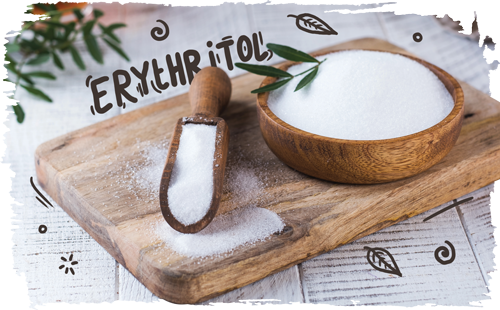Articles

Erythritol: What It Is, Side Effects, and Risks
Get up-to-date on erythritol! Discover the facts about this trending sweetener, including potential health concerns and smart shopping alternatives.
Erythritol: What It Is, Side Effects, and Risks
Get up-to-date on erythritol! Discover the facts about this trending sweetener, including potential health concerns and smart shopping alternatives.
Read more >
How Much Water Should You Use With Protein Powder?
Sick of playing a guessing game when it comes to protein powder with water ratio? Our guide is here to give you the rundown for ultimate results. Let’s dive in!
How Much Water Should You Use With Protein Powder?
Sick of playing a guessing game when it comes to protein powder with water ratio? Our guide is here to give you the rundown for ultimate results. Let’s dive in!
Read more >
Protein Powder: How to Store It Properly
Learn about proper protein powder storage techniques and how long they can last in this essential guide for fitness enthusiasts and health nuts.
Protein Powder: How to Store It Properly
Learn about proper protein powder storage techniques and how long they can last in this essential guide for fitness enthusiasts and health nuts.
Read more >
Delicious Ideas on How to Make Protein Shakes T...
Get ready to jazz up your protein shake game! With these expert tips, you'll learn how to make protein shakes taste better than ever before.
Delicious Ideas on How to Make Protein Shakes T...
Get ready to jazz up your protein shake game! With these expert tips, you'll learn how to make protein shakes taste better than ever before.
Read more >
How Long Does It Take for Protein to Digest?
Have you ever wondered how long does it take for protein to digest? Well, sit tight and get ready to become a protein digestion expert. We’re bringing the answers!
How Long Does It Take for Protein to Digest?
Have you ever wondered how long does it take for protein to digest? Well, sit tight and get ready to become a protein digestion expert. We’re bringing the answers!
Read more >
Can You Freeze Protein Powder? Everything You N...
Before you start putting protein powder into your trusty icebox, let's ask the question: Can you freeze protein powder? Stick around to find out.
Can You Freeze Protein Powder? Everything You N...
Before you start putting protein powder into your trusty icebox, let's ask the question: Can you freeze protein powder? Stick around to find out.
Read more >

